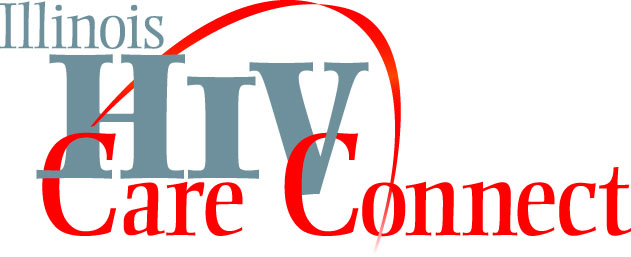National HIV/AIDS Vision
The United States will become a place where new HIV infections are rare and when they do occur, every person regardless of age, gender, race/ethnicity, sexual orientation, gender identity or socio-economic circumstance, will have unfettered access to high quality, life-extending care, free from stigma and discrimination.
Strategy
Reduce new infections
New infections in Illinois have been trending downward since 2001. However, infections among those in the 20-29 age group are still increasing. Many of these young people do not know they are HIV+ because they have not been tested and diagnosed. Infections among gay and bisexual men are beginning to decrease after years of trending upward. The use of condoms and other safe sex methods must be continually emphasized.
Improve access to and outcomes of care
Emphasizing the importance of HIV testing, especially among young people, will make them aware of the HIV status and encourage them to seek treatment, thereby improving their health outcomes. While the percentage of people living with HIV who are aware of their status is improving, a very high percentage of HIV+ youth 13-24 remain unaware they have HIV.
Once individuals are tested and diagnosed with HIV, the “cascade of care” begins: they are linked to a care provider, retained in care, and introduced to antiretroviral therapy (ART). As a result, their viral load is suppressed, or lowered. A low viral load reduces the chances of AIDS and other HIV-related illnesses occurring, as well as the chance an HIV+ individual may pass the infection to others.
Reduce HIV-related health disparities
Non-Hispanic blacks, gays and bisexuals are much more likely than others to become infected by HIV, and sometimes do not receive the treatment they need, especially if they are black and/or young. It’s important to emphasize HIV testing and treatment within these communities. Due to the Affordable Care Act, many more options are available to people living with HIV.







